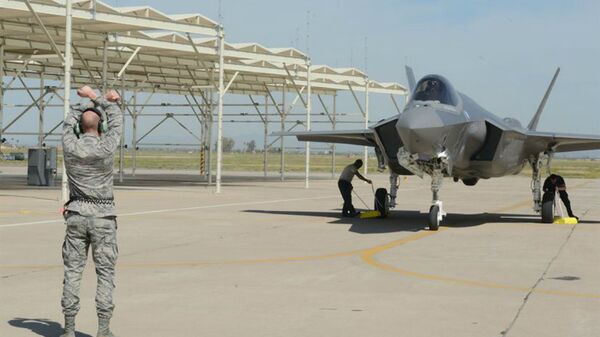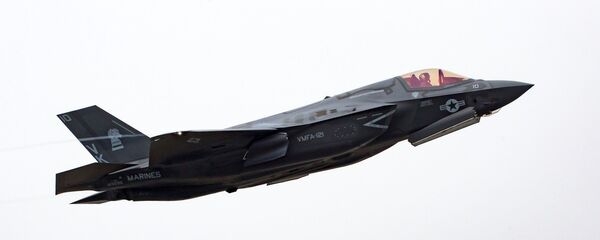Given how much flight time the US military plans to use the F-35 for, 22 pilots are projected to suffer injuries or be killed over the lifetime of the plane’s use because of insufficient testing, according to the report first obtained by CQ Roll Call.
The internal report created by the Technical Airworthiness Authority said the failure to implement extra safety tests is bound to prove “catastrophic,” the Stripes report states. “No less than $1 million” and 9 to 12 months of testing could lower the risk of pilot injury or death from 22 to zero, TAA said in its report dated May 1.
The office “has declined to save lives by conducting less than a year’s worth of additional testing that would cost a relatively paltry few million dollars,” the military newspaper reported Tuesday. The Martin-Baker produced ejection seat previously worried pilots, military planners, and plain citizens alike when reports surfaced that activating the ejection seat mid-flight could snap pilots’ necks, especially those that weigh between 136 and 165 pounds, Sputnik reported in June.
Meanwhile, Cobham PLC, a UK-based firm contracted to install inhalation monitors aboard F-35s to help the military resolve hypoxia, or tissue damage from oxygen deprivation, has sent its first samples back to the US Air Force’s School of Aerospace Medicine, Defense Tech reports. Since 2011, more than a dozen F-35A pilots have experienced what the service euphemistically calls “physiological episodes,” or breathing an improper mixture of oxygen and other gases during flight. Hypoxia becomes an increasingly large danger the higher one goes in Earth’s atmosphere, as the air gets thinner and thinner. Pilots, like climbers on Mount Everest, require a special supply of properly-mixed and pressurized air to keep up the kind of physical and mental functioning typical at ground-level.
An F/A-18 Super Hornet pilot once described hypoxia in a story that sounds like it was written in a book of nightmares. After noticing an air flow regulator malfunction, a pilot told the Navy Times: “That’s when I realize my lips are tingling, my fingers are tingling, and I’m like ‘Sh*t man, something’s wrong’ … and the guy in back’s like, “Hey, dude! My fingers are blue!” The pilot spoke with the Navy Times anonymously in fear that speaking out about hypoxia might jeopardize his 10-year flying career in the Navy.
The US military "doesn’t know what’s at the root of the problem,” Robert Schaeffer, business development manager at Cobham PLC, said at the Air Force Association’s Air, Space and Cyber Conference on Monday at National Harbor in Oxon Hill, Maryland.
"Cobham doesn’t know either," Schaeffer said, adding "nobody does."




